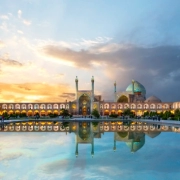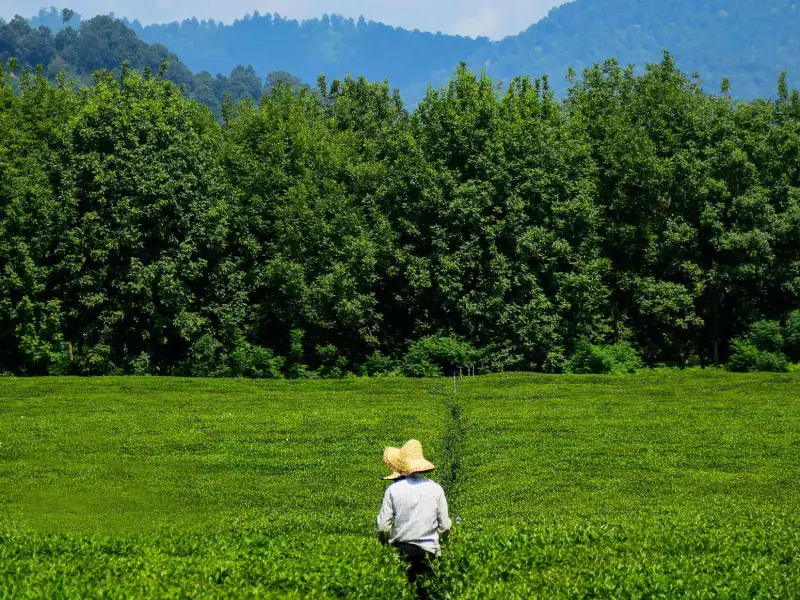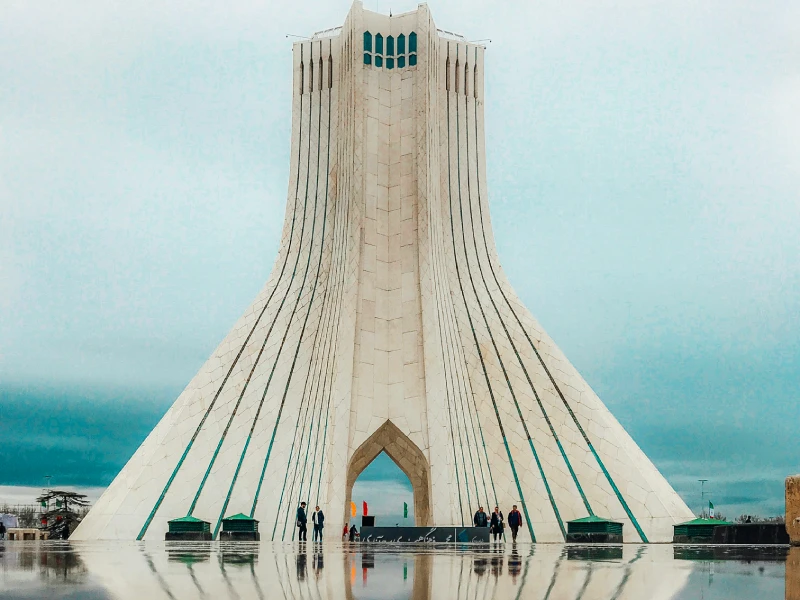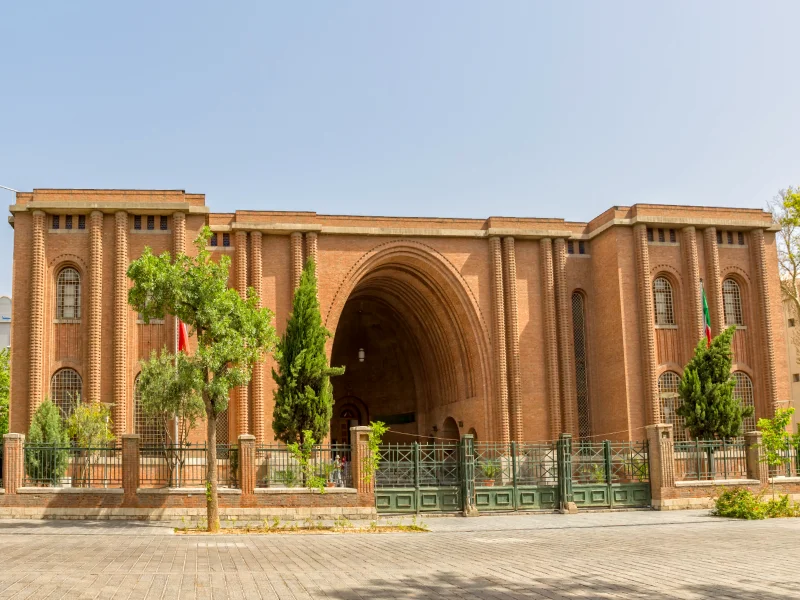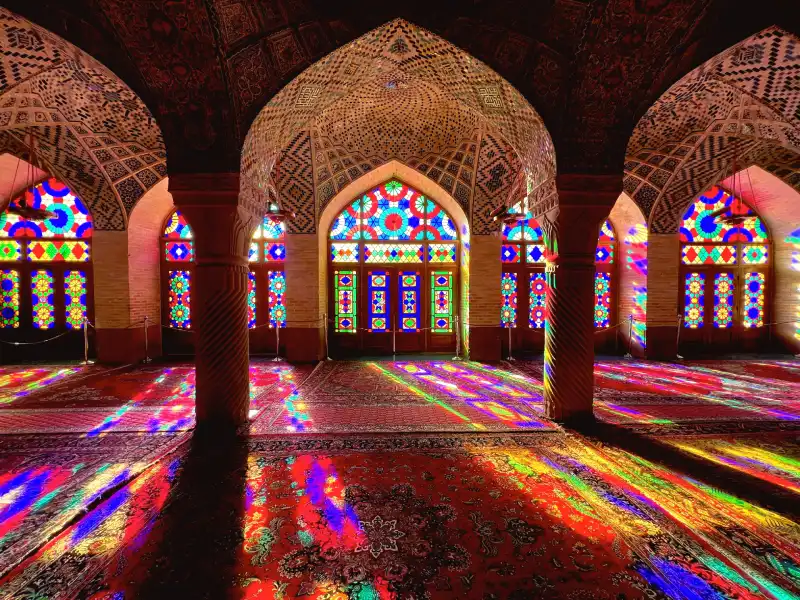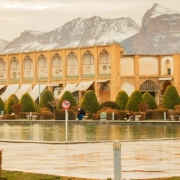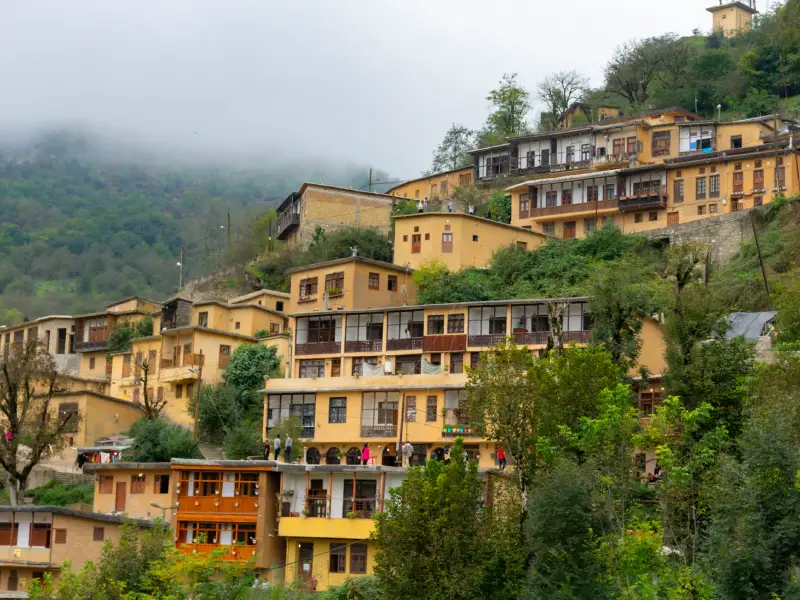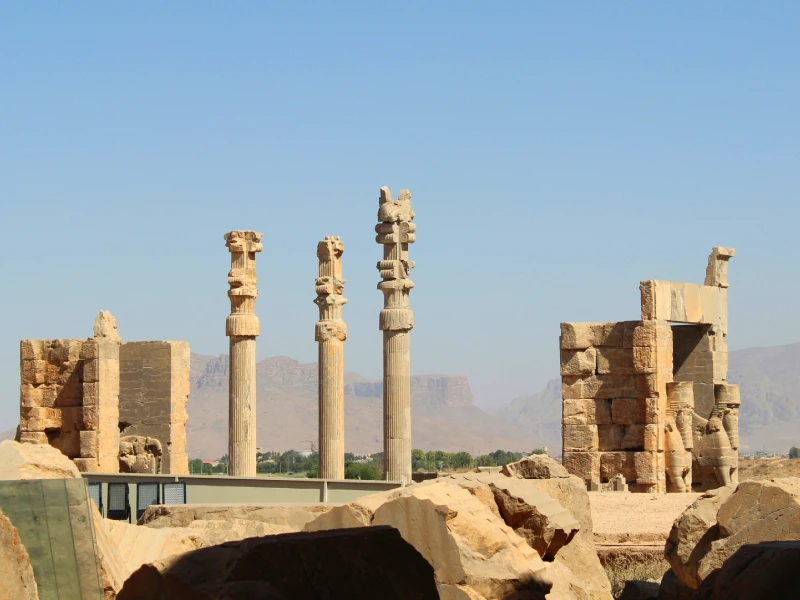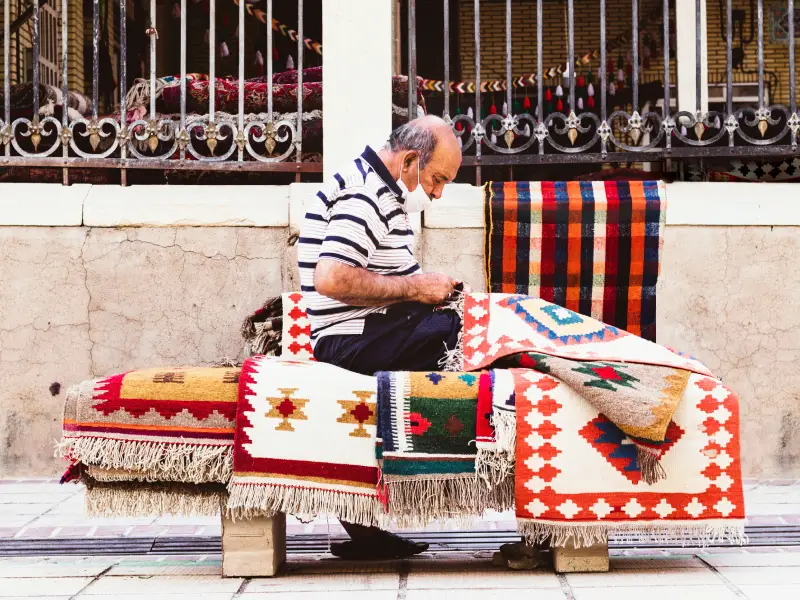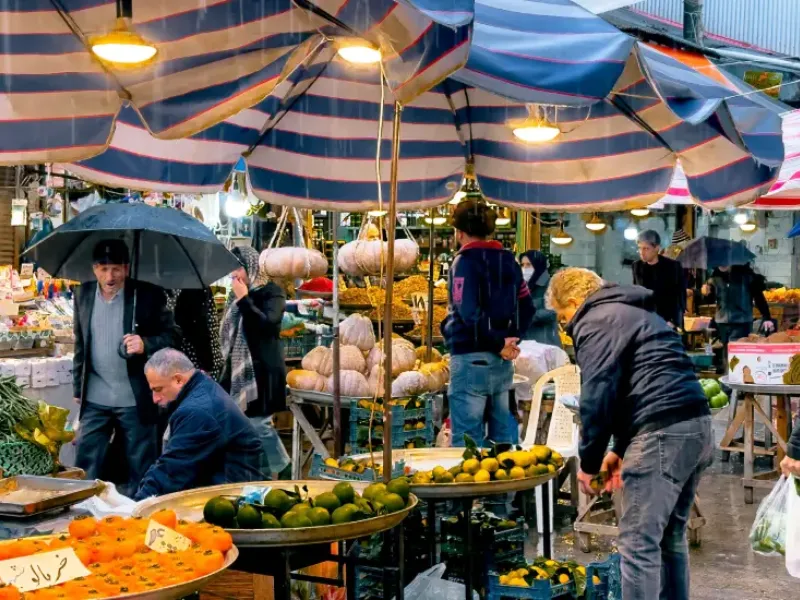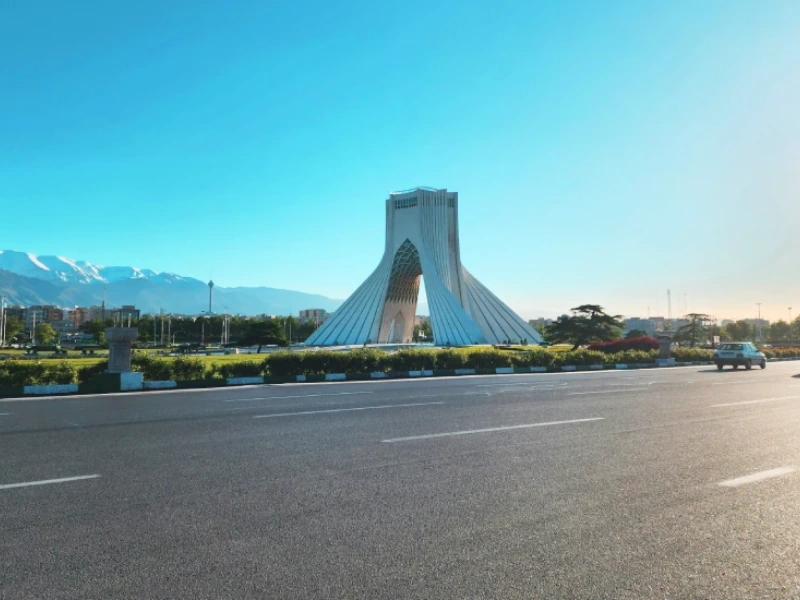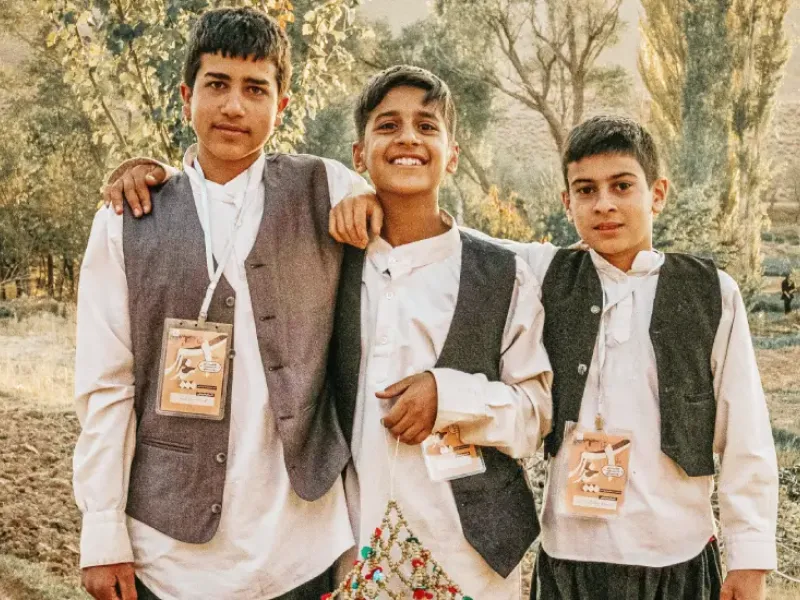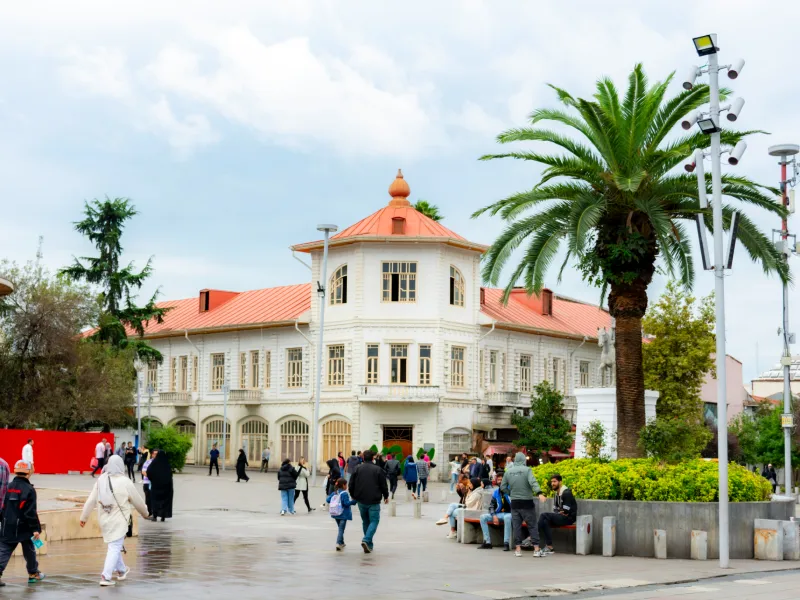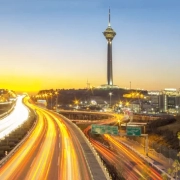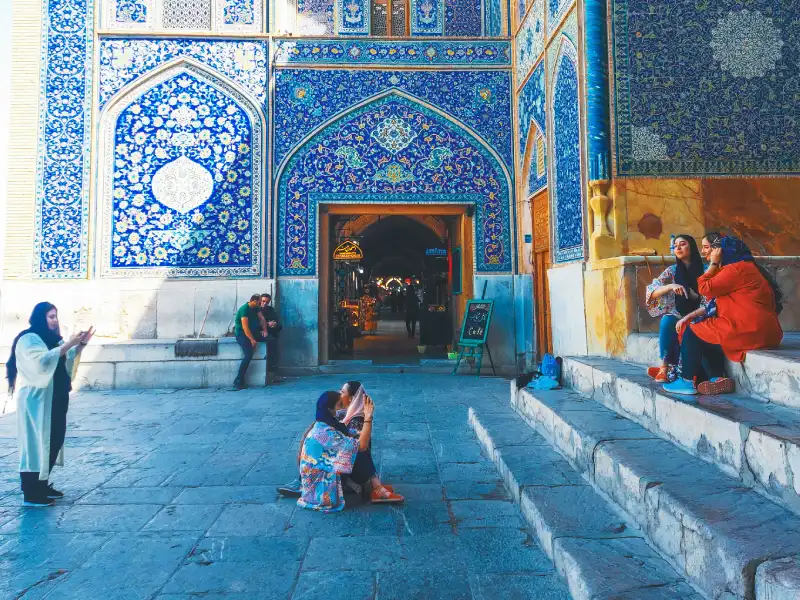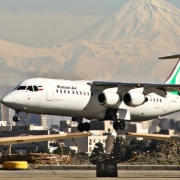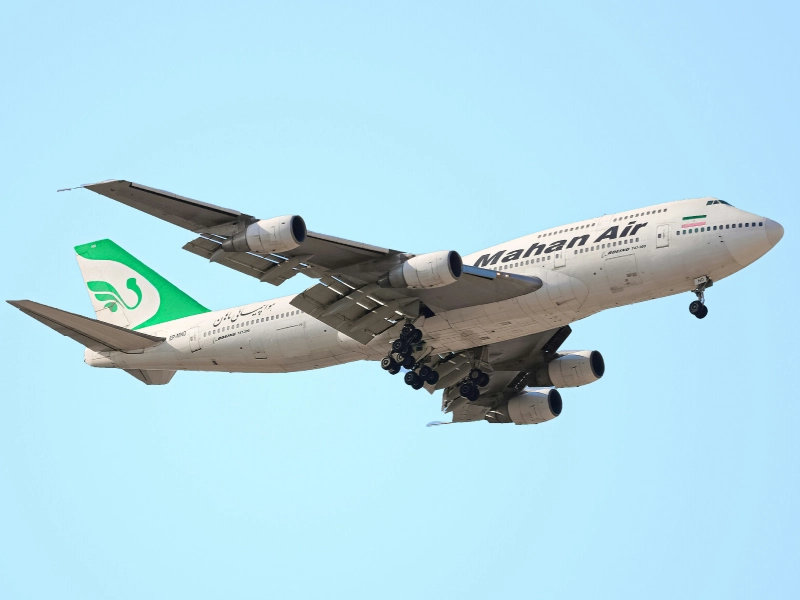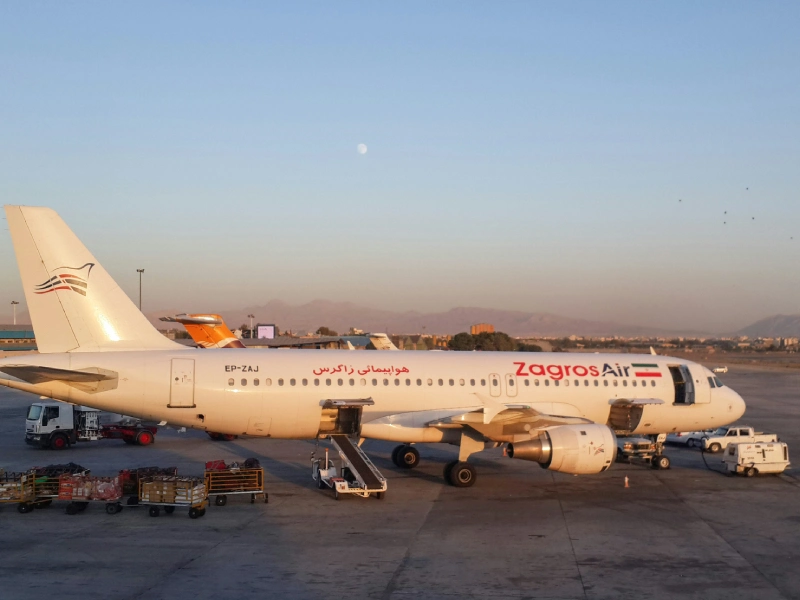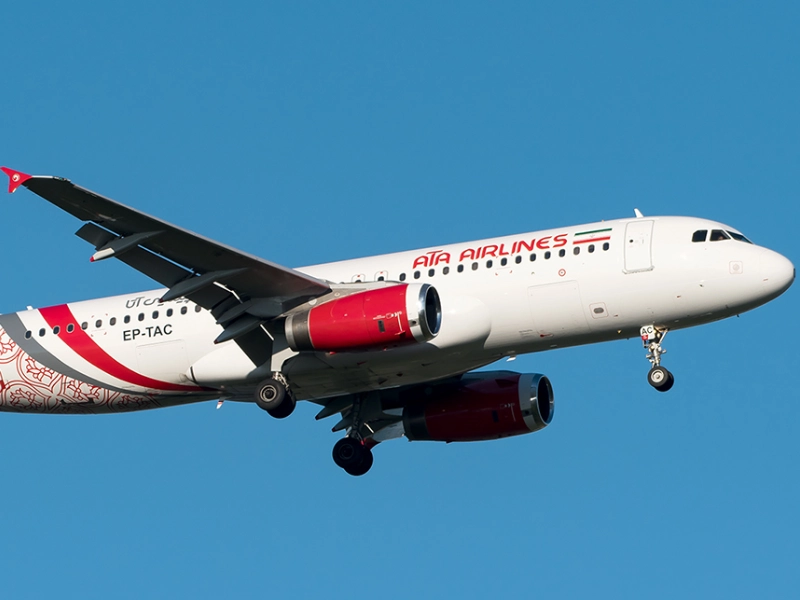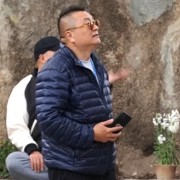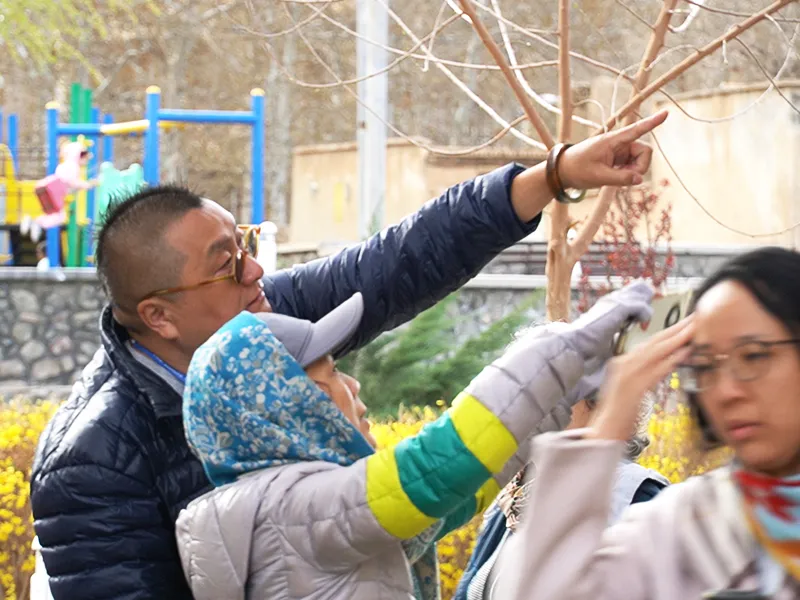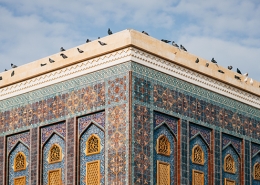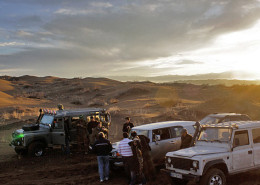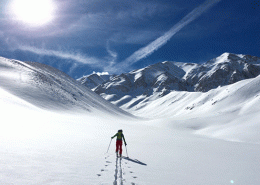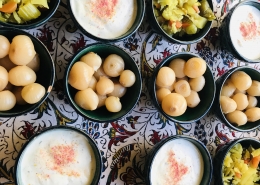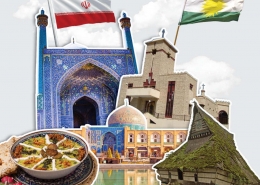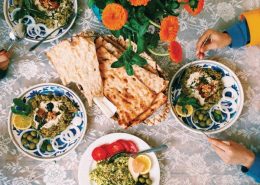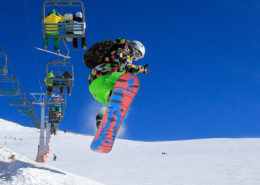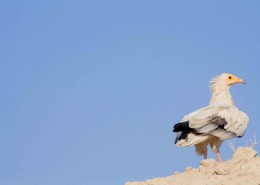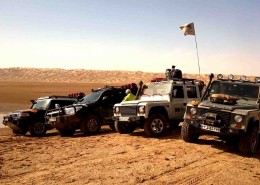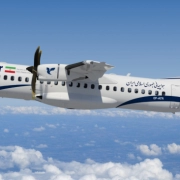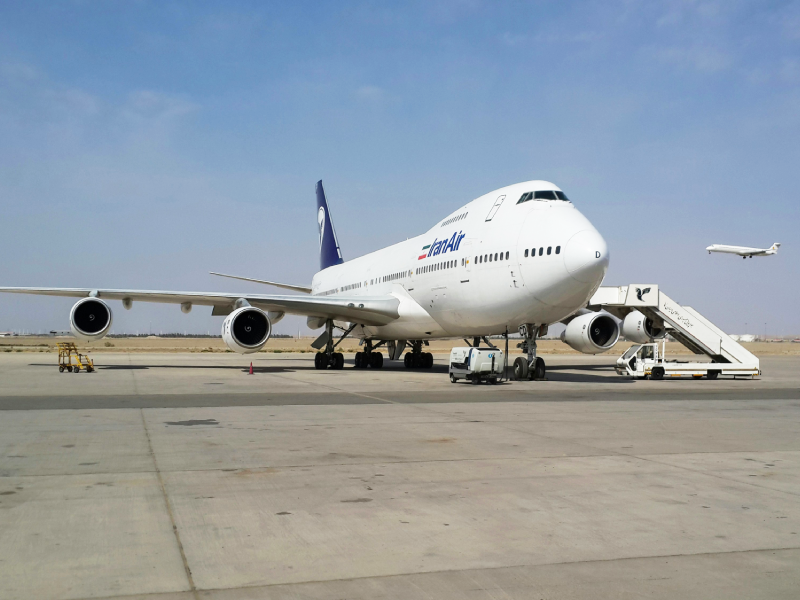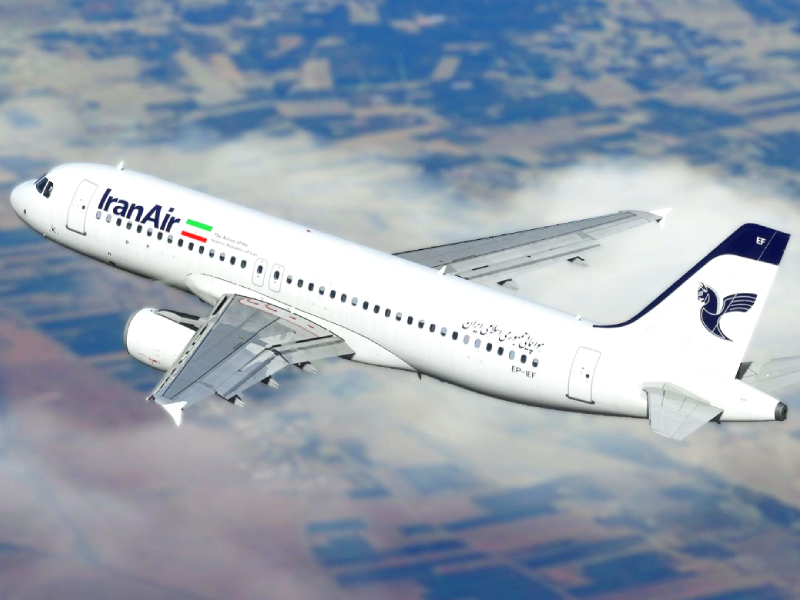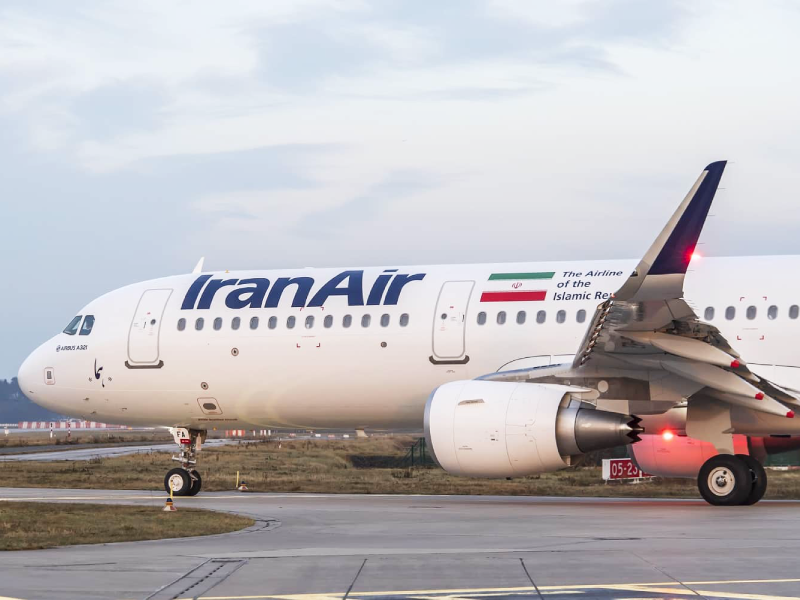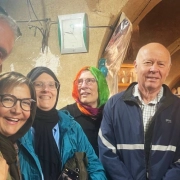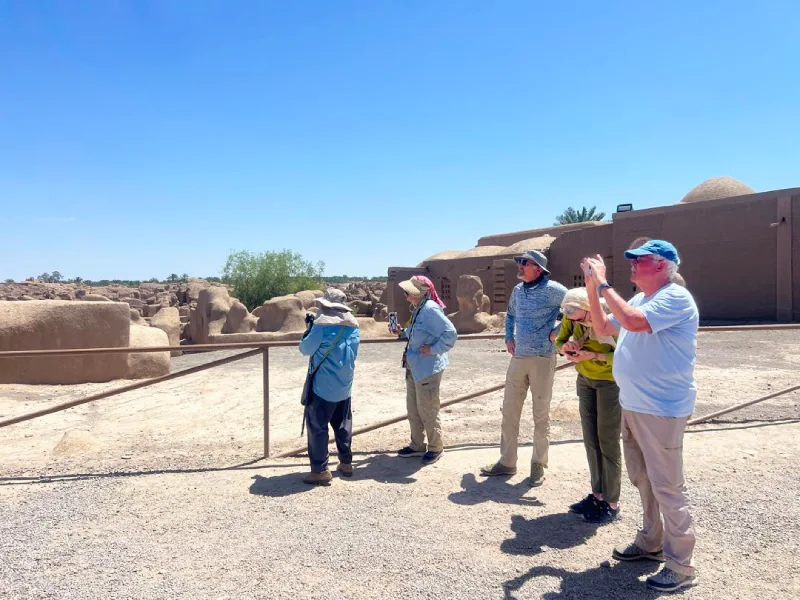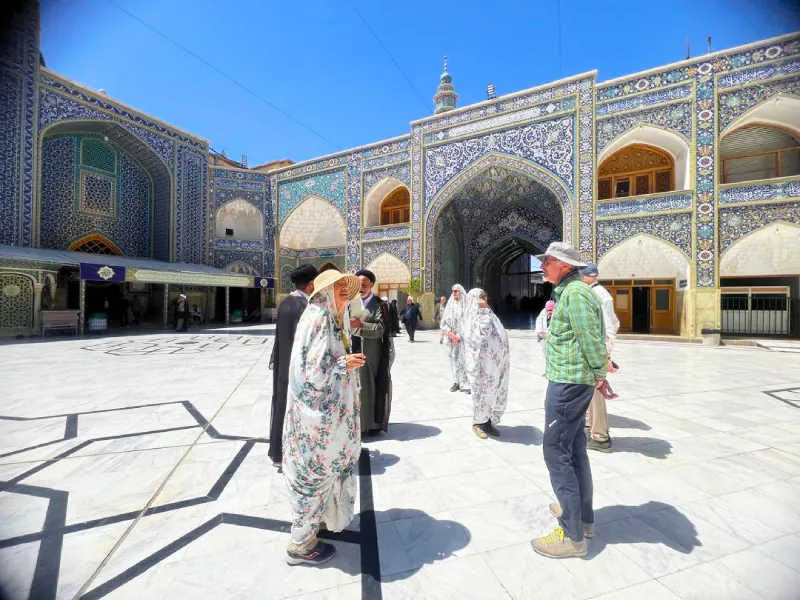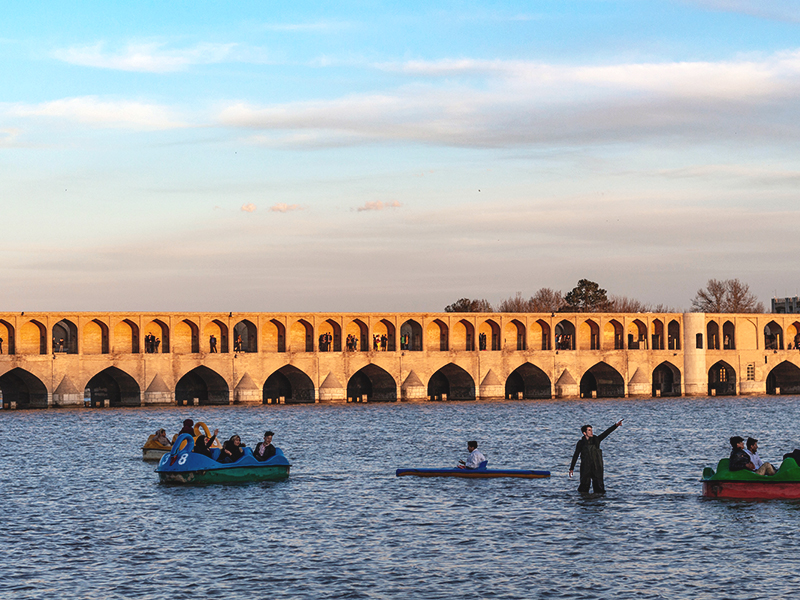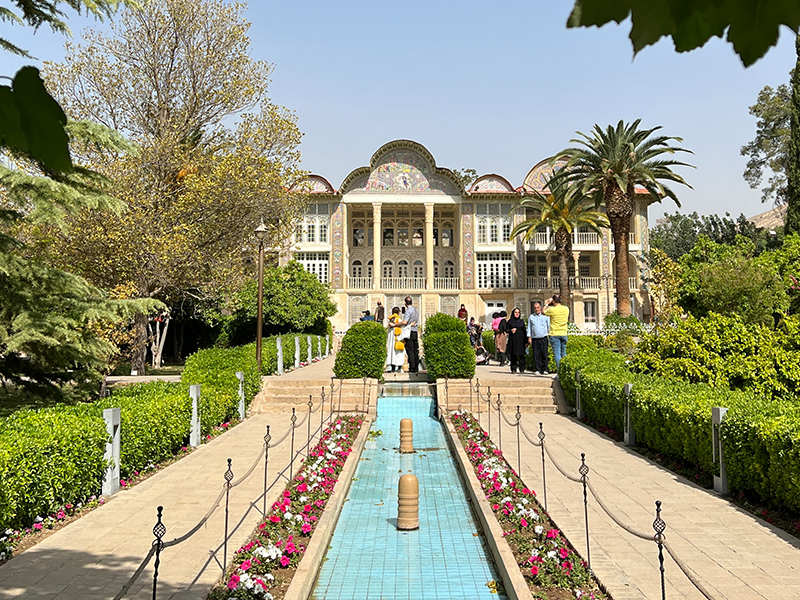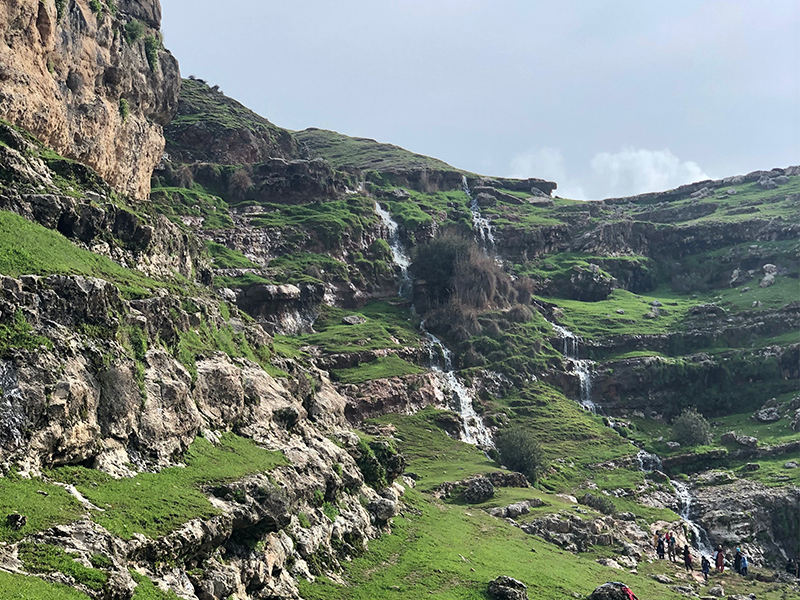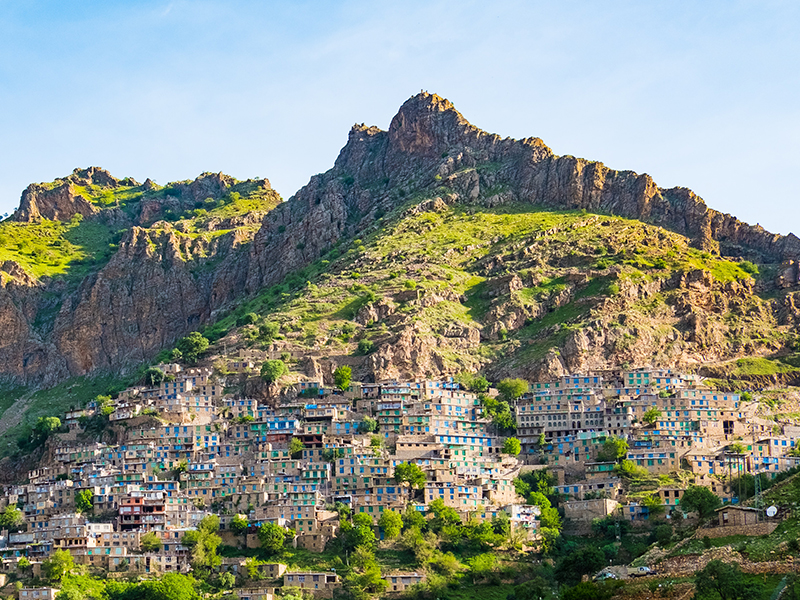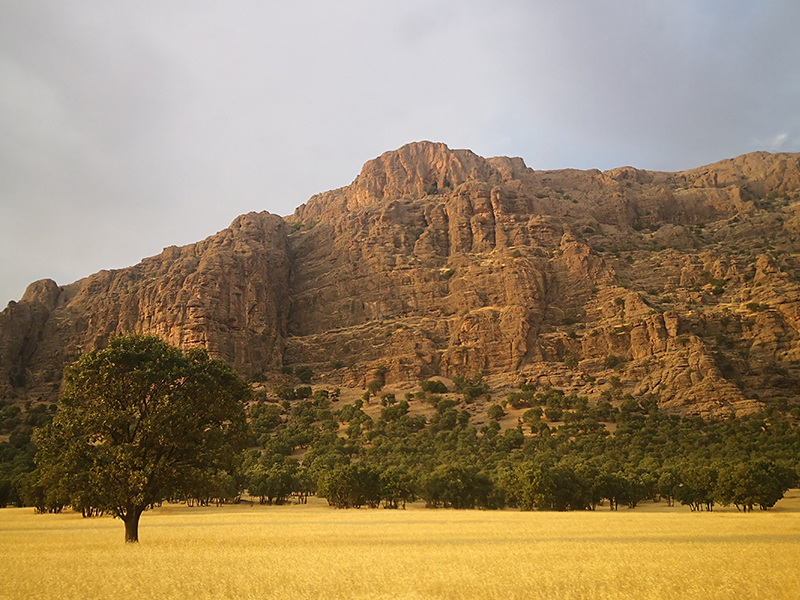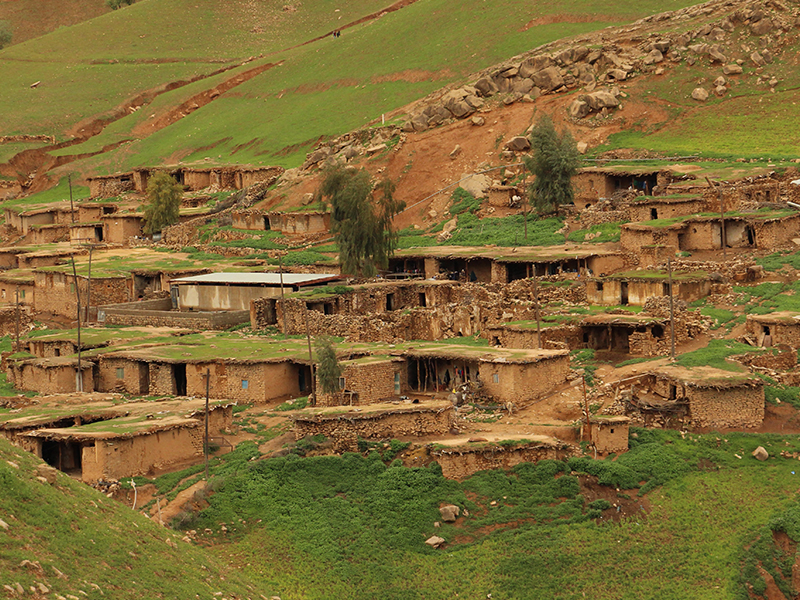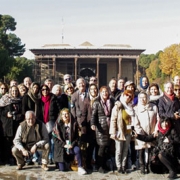Travel to Iran from Indonesia (Visa, Flights, Dress Code)
Iran offers a diverse range of historical, cultural, and natural attractions. Key sites include the stunning architecture of Persepolis, the intricate mosques and bridges of Isfahan, and the vibrant bazaars of Tehran. Nature enthusiasts can enjoy the Alborz and Zagros Mountain ranges and the surreal landscapes of the Lut Desert. Coastal cities along the Caspian Sea and Persian Gulf provide beautiful beaches and unique cultural experiences alongside UNESCO World Heritage Sites and Persian Gardens that enhance Iran’s appeal as a tourist destination. There are so many fascinating things expecting you in Iran, but before anything, let’s learn the essentials you need to know before you travel to Iran from Indonesia.
About Traveling to Iran from Indonesia
Traveling to Iran from Indonesia typically involves booking a flight, as there are no direct flights between the two countries. Travelers will likely need to transit through major hubs like Dubai or Doha. It’s essential to check visa requirements, as Indonesian citizens need a visa to enter Iran, and the application process can vary.
Additionally, be mindful of any travel advisories, local customs, and health regulations. Always ensure your itinerary accommodates any necessary delays or layovers to facilitate a smooth journey. Let’s briefly go over the basics you need to know for your travel.
Is Iran Worth Visiting?
Traveling to Iran can be a rich and rewarding experience, showcasing a vibrant history, stunning architecture, and diverse landscapes. Visitors can explore ancient sites, wander through the bustling bazaars of Tehran, and enjoy the beautiful mosques in Isfahan. It’s important to stay informed about travel advisories, cultural sensitivities, and visa requirements before planning your trip, as well as to respect local customs and regulations while visiting.
Is Iran Safe to Travel?
As of the last update in November 2024, traveling to Iran can present both opportunities and challenges. Many travelers report positive experiences and the warmth of Iranian hospitality, but it’s still hard to believe to be true due to the dark image the media has been publishing around the world.
You can check the Iran Doostan YouTube Channel for recent updates on the tours and how it was operated safely and with no hassle. Tourists left Iran with memorable memories of Iran and its hospitable and kind locals with bags full of tasty souvenirs and fascinating handicrafts of Iran. Still, it’s always best to check current conditions and consult recent traveler reviews before planning a trip.
Getting an Iran Visa
Visa-Free Entry: You are eligible for visa-free entry to Iran with an Indonesian passport. You can stay for up to 15 days in Iran without a visa. This is allowed only once in every 180 days.
Getting a Visa upon Arrival: If you plan to enter Iran by flight, you are eligible for a visa upon your arrival with an ordinary passport from Indonesia. On boarding the flight to Iran, you are required to show a valid visa grant notice. You must apply for a visa grant notice (also known as visa approval or visa authorization code).
Applying for a Visa before Travel: You can have your visa in hand before traveling to Iran with an Indonesian passport. In order to apply, you need to have a visa grant notice before collecting the visa from the Iranian consulate you select. You can apply for a visa grant notice.
Your Visa Sticker or Entry Stamps: When collecting the visa, you do not get any sticker or stamp in your passport or when entering or exiting Iran. Your visa will be electronic, and you will receive a paper copy, which must be kept until your exit from Iran.
If you need an Iran Visa, you can choose to collect your visa from any of the Iranian Consulates worldwide. You don’t necessarily need to be in Indonesia to collect your visa. The process for getting a visa might take at least 5-10 working days.
It’s advisable for Indonesians to apply for a visa in advance, as the process may require submitting documents such as a passport, photographs, and proof of travel plans.
Additionally, checking for any specific requirements or updates related to visa policies on the official Iranian government or embassy websites is recommended, as these can change frequently.
Flights from Indonesia to Iran
To find flights from Indonesia to Iran, you can check various airlines and travel booking websites for the most current routes and schedules. Major airlines such as VietJet Air, Qatar Airways, Emirates, Turkish Airlines, and Malaysia Airlines often offer connecting flights between major Indonesian cities like Jakarta and Tehran, Shiraz, Tabriz, and Mashhad in Iran. Be sure to consider layover times and possible visa requirements for transit countries. It’s advisable to book in advance and verify the latest travel restrictions or requirements due to changing regulations.
Dress Code in Iran
When dressing in Iran, it’s important to adhere to the country’s cultural norms and regulations, especially regarding modesty. Unlike what the media has stated, the Iran Dress Code does not have strong and strict rules regarding hijab. In fact, most women and men in Iran consider wearing colorful and fashionable clothes.
Dress Code for Women
Women should wear a hijab to cover their hair. They should also wear a loose coat or manteau that covers their arms and goes down to their knees, along with trousers.
Dress Code for Men
Men can wear long pants and shirts with sleeves like a t-shirt, avoiding shorts or sleeveless clothing in public. Bright colors and fashionable styles are often welcomed, but it’s essential to keep in mind the conservative nature of the attire. Always opt for clothing that is respectful and aligns with local customs.
Things to Do in Iran
Iran’s tourism sector has been gaining attention for its rich cultural heritage, stunning landscapes, and historical sites, including UNESCO World Heritage sites like Persepolis and the historic city of Isfahan. The country’s diverse geography features everything from lush forests and mountains to deserts and coastlines, attracting a variety of travelers to explore the best places to visit in Iran.
Visit Iran Museums
Iran is the cradle of world history and civilization. Iran is a paradise for historians and history lovers. It has gathered many travelers to itself. For this reason, the existence of many Iran museums in this country has multiplied.
Tehran’s National Museum – The National Museum of Iran is considered the most important museum in the country. This museum is very important both in terms of its age and in terms of the relics kept in it. More than 103 years have passed since the first time that a museum named the National Museum was officially established in Iran. The National Museum of Iran consists of two main parts: the Museum of Ancient Iran and the Museum of Archeology and Islamic Art. What is interesting is that inside the Museum of Ancient Iran, you will find relics dating from one million to 12,000 years ago. Some of the collections in the Museum of Ancient Iran date back to the Paleolithic period (10000 BC).
Tehran, Golestan Palace Museum – The most famous royal palace of Iran is the Golestan Palace Complex. The main reason for the museum’s fame is the use of this complex by many Iranian kings as the center of their monarchy. Golestan Palace dates back to the Safavid period of Shah Abbas. In fact, there is nothing left of the main building of Golestan Palace, which was used in the Safavid period, and the buildings of this complex date back to the period of Karim Khan Zand. An important part of the crucial events that happened in the history of Iran took place in the Golestan Palace. Apart from historical significance, this palace has displayed unique Iranian art.
Shiraz City, The Pars Shiraz Museum – This museum was built near the tomb of Karim Khan Zand, one of the oldest and most important museums in Iran. The Pars Shiraz Museum was erected in 1936 and contains many works from the period before and after Islam. The architecture of the Pars Museum is also a stunning masterpiece, along with the valuable works kept there. The octagonal building of the museum next to the Kolah Ferangi building, designed with remarkable Iranian carvings, dazzles the eyes of every viewer.
Sightsee Archeological Monuments of Iran
Iran, with its many historical structures, attracts many tourists every year. The extent of Iran’s historical buildings is unlimited. Some of the ancient sites you can visit during your journey are:
Isfahan, Aali Qapu Palace – Aali Qapu Palace of Isfahan, with its magnificent architecture, is considered one of the most famous historical buildings in Iran. You can feel the passage of time and different historical periods by visiting the Aali Qapu Palace in Isfahan. This unique palace, as one of the historical monuments of Iran, has been rehabilitated over time. Every section of the rooms of this palace has its own beautiful decorations. Seeing the Aali Qapu Palace will surely magnetize you.
Sistan Baluchestan, Shahr-e Sukhteh – One of the oldest historical buildings in Iran is the burnt city of Sistan Baluchistan province, which is 120 km from Zabul province in Iran. This ancient work dates back to 5000 thousand years ago and is regarded as one of the top historical wonders in the world. This city has an area of 152 hectares and is built between the ridges of Hamon Lake and Hirmand River. Also, the remains of this city as one of the historical monuments of Iran show that the people of this city were familiar with the knowledge of agriculture, medicine, and water supply systems.
Shiraz, Nasir al-Mulk Mosque – One of the most beautiful historical buildings in Iran is the Nasir al-Mulk Mosque in Shiraz, which is also known as the Pink Mosque. If you travel to Shiraz, you should not miss this mosque because the intricate architectural beauty of this mosque will definitely amaze you. When visiting this mosque at dawn and during sunrise, you will feel a relaxing sensation. At this time of the day, the atmosphere of the mosque is quiet and soothing, and despite the reflection of light from its colored glass windows, it will create an unforgettable and mystical moment for you.
Shush, ChoghaZanbil Ziggurat – A popular historical pyramid monument of Iran is the Choghazanbil Ziggurat of Shush. This historical place is the first ancient work of Iran that has been registered in the list of UNESCO’s national monuments. This building dates back to 1250 years before Christ, that is, the Elamite civilization. In fact, this place was considered a place to worship Rabb-e-Gal and Inshushinak ancient gods.
Kermanshah city, Kuh-e Bisotun – In the heart of this mountain, there are inscriptions that raise many questions in the visitor’s mind. Bistun Mountain in Kermanshah is recorded as one of the highest rocks in the world. Therefore, seeing this astounding inscription in the heart of Biston Mountain will definitely surprise you. A question might arise for you about these inscriptions written in the heart of this mountain. In reality, they are writings about the events of the first year of the reign of Darius the Great (Ruler of the Achaemenid Empire) and his great conquest in the heart of this mountain that have been recorded in ancient Persian and Elamite languages.
Final Word
In recent years, the Iranian government has been working to promote tourism as a key economic driver, seeking to improve infrastructure and enhance visitor experiences while emphasizing the country’s hospitality and ancient traditions. As an Indonesian visitor, you will have many traveling options since Iran boasts countless tourist attractions and modern facilities for its guests, as well as hospitable people, making it an enriching travel destination for you. Be sure to explore major cities like Tehran, Isfahan, and Shiraz, and consider local dress codes and customs to ensure a respectful and enjoyable visit.
Are you planning to travel to Iran and looking for an Iran travel agency? Check out our Iran tours and feel free to contact us.

